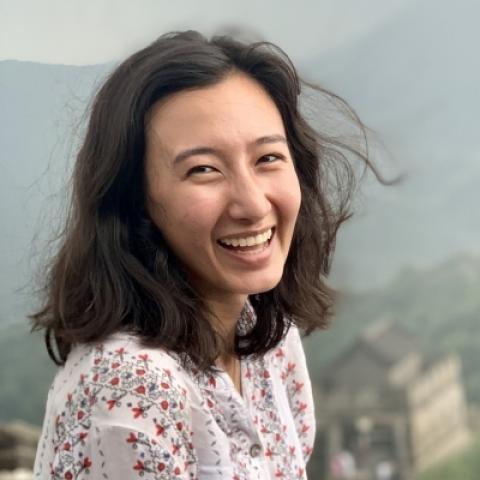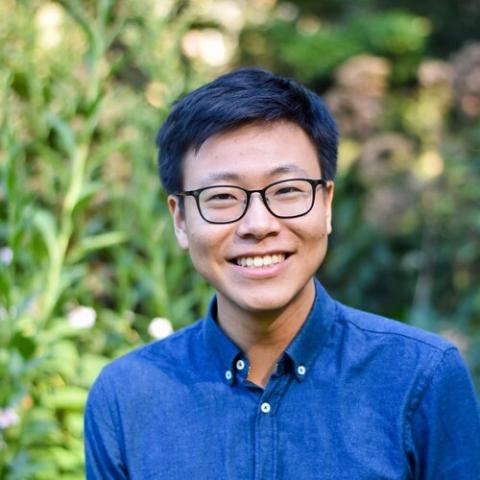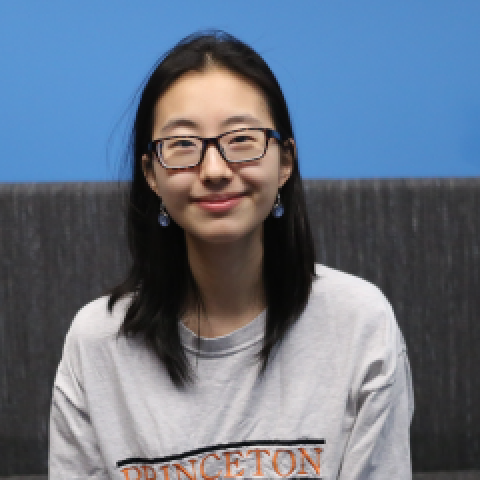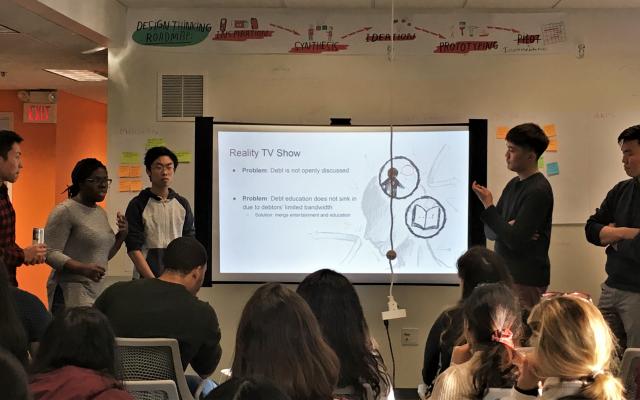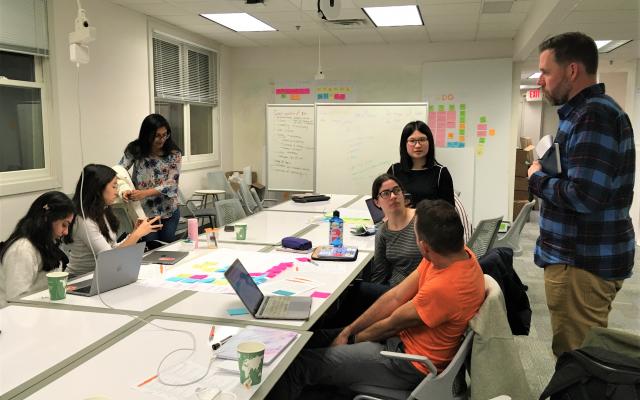
May, 9, 2019, Frist Campus Center. Twelve Tiger Challenge teams participated in this year’s annual Princeton Research Day. The teams were spread throughout the full-day celebration “of the research and creative endeavors by our undergraduates, graduate students, postdoctoral researchers and fellows, and other early career researchers.”
Up first in the 10 a.m. presentation slot were teams MedComm and Supplier Equity. MedComm is an off-campus Tiger Challenge partnering with Robert Wood Johnson University Medical Group to improve trust and communication between patient and provider in an outpatient OB/GYN office. The team shared several insights of their design research with the standing-room-only audience, including their discovery of the importance of expectations. “We assumed long wait-times would be a major concern of patients,” reflected Sam Einspahr ‘20. “But many of the patients we interviewed were comfortable with waiting because they expected to wait. Patients were more frustrated with not knowing what to expect during their doctor consultations.”
The Supplier Equity team is working with the Office of Finance & Treasury and other University partners to increase the amount of business the University does with women- and minority-owned vendors. They shared their findings from contextual interviews, explaining that many University employees are unaware of diversity efforts and that many employees in managerial positions, despite valuing diversity in theory, are most concerned with the additional time and energy it might take to consider switching from their current long-time vendors. The team shared potential plans for moving forward next academic year, which include increasing awareness across campus and building equity into the design of more efficient procurement procedures.
In the 11 a.m. slot were POPPY and BailOut. Poppy (Princeton Opioid Project for Pain in Youth and Adults) is working with Dr. Anita Gupta MPP ’18 and Rowan School of Osteopathic Medicine to find ways to reduce opioid dependency in New Jersey. In their presentation, the team shared insights from interviews with patients and peer recovery specialists, such as the need to define patient goals more in terms of recovering autonomy and functioning rather than eliminating pain. BailOut is an on-campus challenge, partnering with Butler College and the Office of the Dean of Undergraduate Students, to help students better keep their commitments. “Ninety-five percent [of the students we interviewed] reported bailing on a commitment within the past month,” reported the team during their presentation. “This not only lowers students' happiness, but also hinders groups’ effectiveness.” The team is currently building an interface into which students can input their courses and activities and predict their workload week-by-week during a semester. “I didn’t realize how big a role group culture plays in people’s behavior,” reflected Phillip Yoon ‘20. Added Rei Zhang ‘21, “We started by asking, ‘what makes some individuals more likely to bail?’ But we realized a better question is, ‘what makes the cultures of some groups and activities more susceptible to bailing than others?’”
While nine Tiger Challenge teams presented in the 10-minute format, NextNews, Public School Alumni, and People-as-People participated in the poster presentations. In the spirit of Tiger Challenge, Public School Alumni showcased their work in all Post-It notes. “We wanted to present our research in a clear, fun, and eye-catching poster,” commented Kristin Hauge ‘18.
OneRespect, SWIFT, TeamIEPs, CHAMPS, and Dignity and Debt all presented in afternoon sessions. After presenting about how to increase respect shown to service workers on campus, Fumika Mizuno ‘21 and Ainil Norazman ‘21 of OneRespect reflected on their experience participating in Princeton Research Day. “The methods [of design thinking and design research] are much different than those used by other presenters,” said Mizuno, “which made it a wonderful opportunity not only to show our creative approach but also to share the importance of our topic with a wider audience.”
